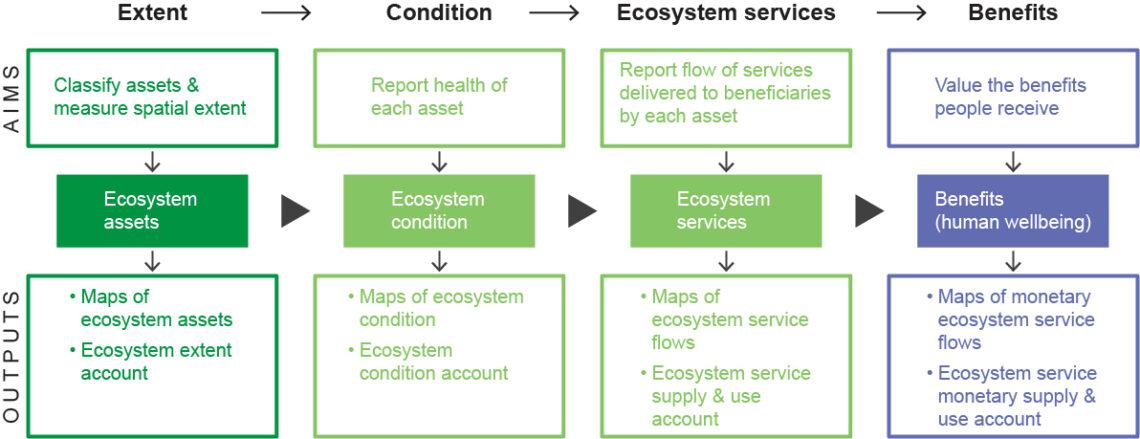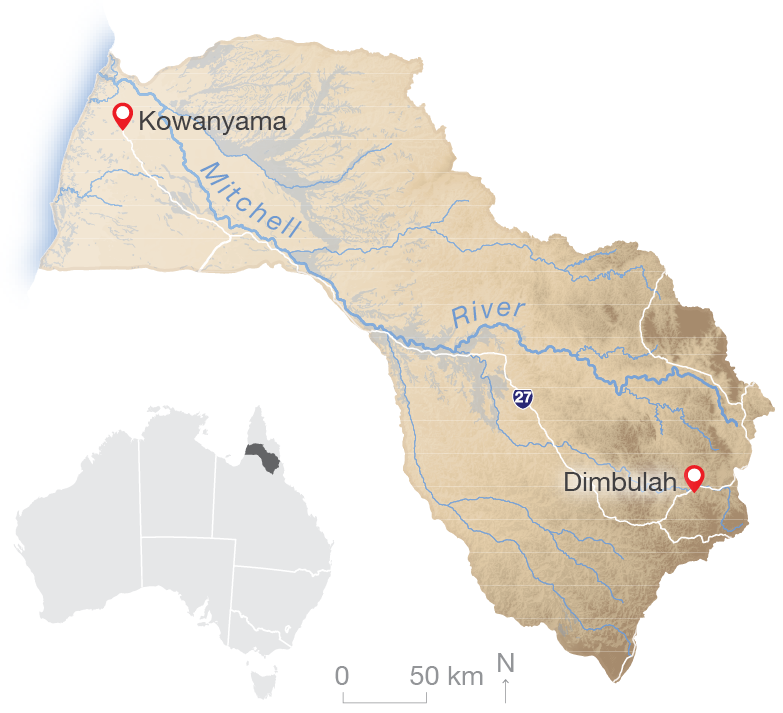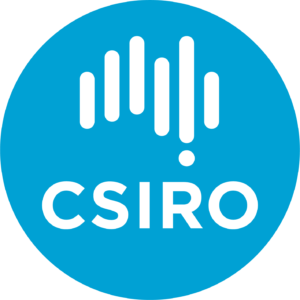Environmental economic accounts are a way to integrate environmental and economic information about an area to better understand the relationships between the environment and the economy, particularly how environmental contributions benefit humanity.
The United Nations’ System of Environmental Economic Accounting – Ecosystem Accounting (SEEA EA) provides a framework for organising data about habitats and landscapes, measuring ecosystem services, tracking changes in ecosystem assets, and linking this information to economic and other human activity.
This project used the SEEA EA framework to develop a set of pilot ecosystem accounts for the Mitchell River catchment in Far North Queensland.
Read more in the project’s final report, methodology report and data inventory.

Layout of the ecosystem accounts for the Mitchell River catchment.

The Mitchell River is located in Far North Queensland and flows into the Gulf of Carpentaria. Image: Resilient Landscapes Hub.
For tens of thousands of years prior to European invasion and settlement, the ancestors of today’s Traditional Owners of the Mitchell River catchment socialised the landscapes of the region as they managed land and water, fulfilled custodial responsibilities under customary law and maintained an economic system that sustained their way of life. This active management by Traditional Owners continues in many localities today, albeit under constrained conditions.
This project is led by Dr Jim Smart from Griffith University.
Dr Smart is being assisted by researchers from Griffith University and CSIRO as well as by land managers, rangers and others in the Mitchell River catchment.
This project is due for completion in June 2021.
Contact
Jim Smart, Griffith University
j.smart@griffith.edu.au
![]()
